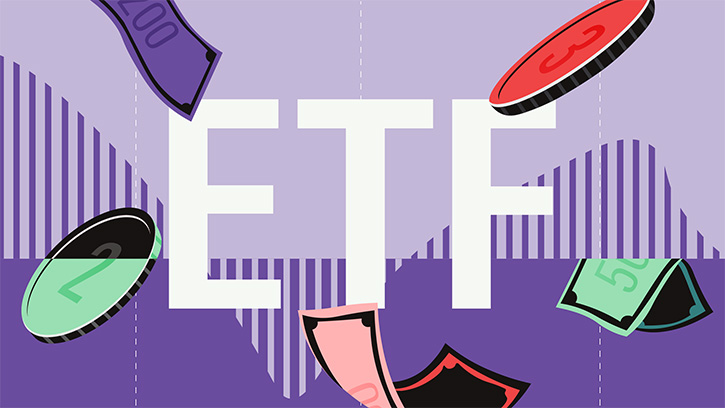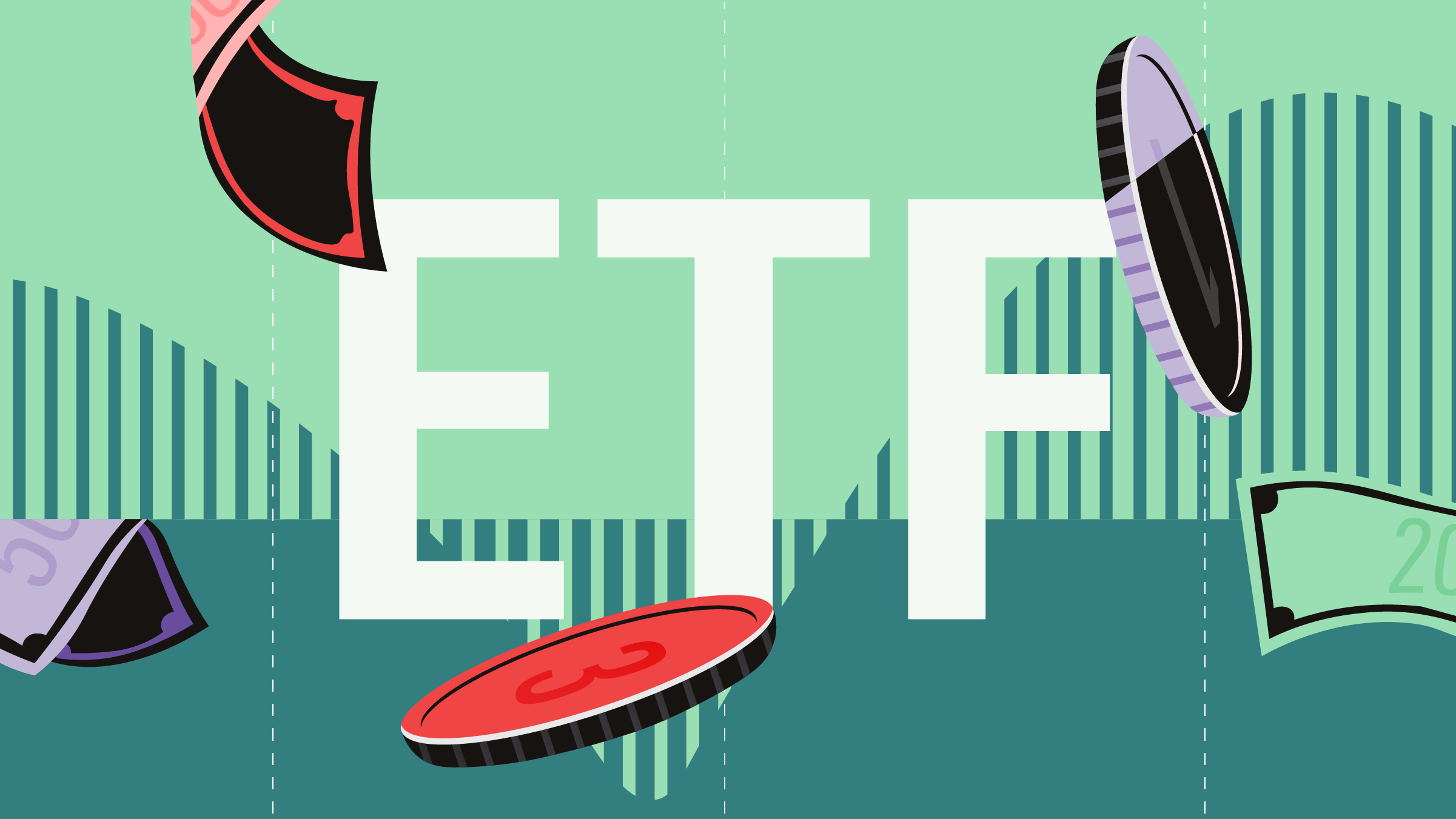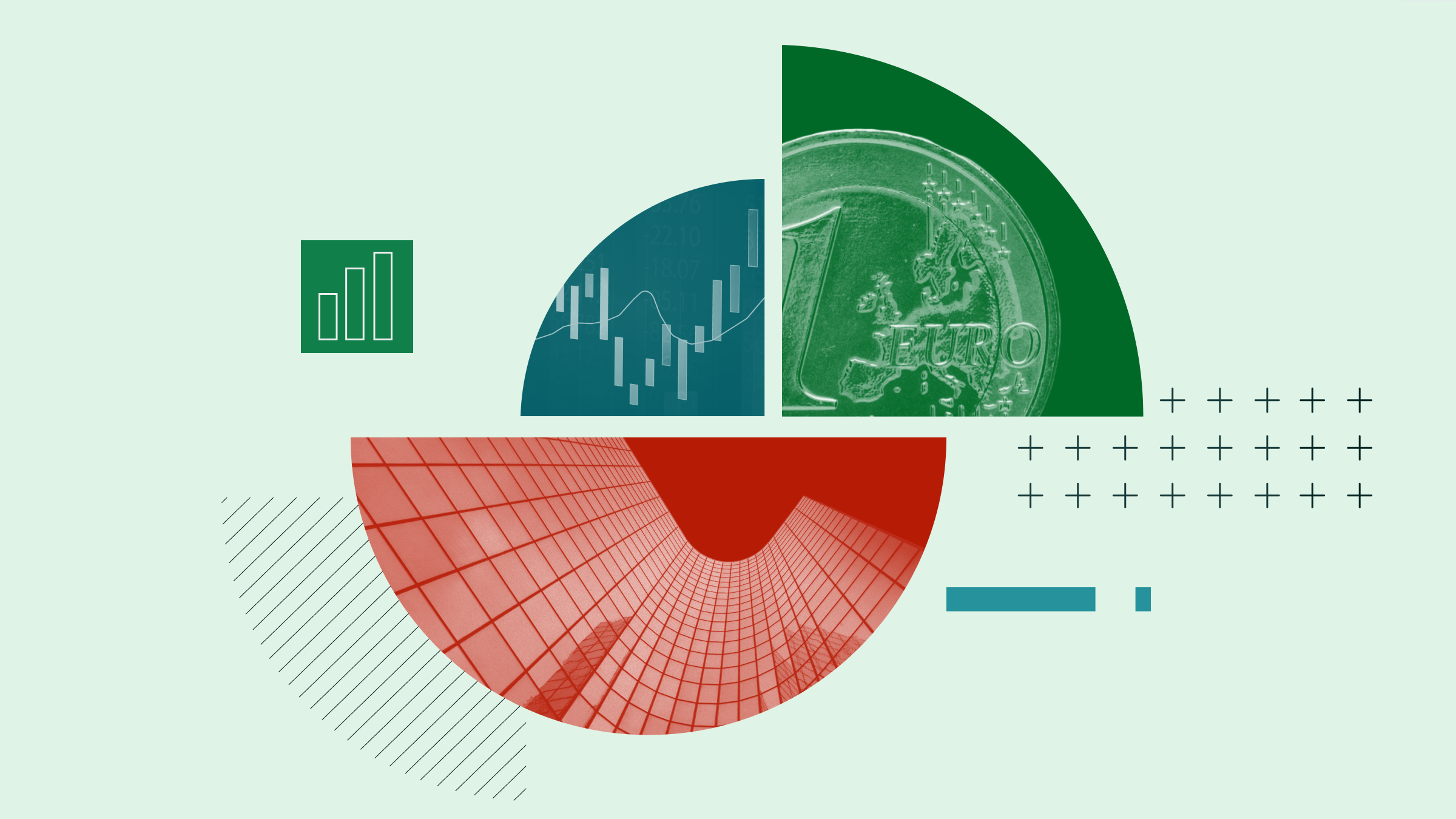Emma Wall: Hello, and welcome to the Morningstar series 'Low Cost Funds'. I'm Emma Wall and here with me today is Kenneth Lamont, Morningstar's passive analyst.
Kenneth Lamont: Hello, Emma.
Wall: Hello, Kenneth. So this week, we've been looking at financial planning. We've been focusing on SIPPs, on pensions, on ISAs, on junior ISAs. All of those portfolios need a core. Passives lend themselves really well to core holdings in a portfolio, because there are certain qualities that passives have. But there are so many out there ETFs and passive funds, how can investors sort for wheat from the chaff?
Lamont: Well, that’s a very good question. That's where we come in. Most people would look directly at the TER or the total expense ratio, which is the management fee levied by the fund company. Although, those serious about investing should perhaps look a little bit deeper than that. One thing that investors can look at is the tracking difference. This is the actual difference, the difference in performance between a fund and its index over time, and this is perhaps the best indication as to how well a fund tracks. Many people would look at this and see this as being one of the main or the most important elements of an ETF or a core ETF holding.
Wall: I think you are going to give us some examples of funds that perhaps we'd like to hold in that core position, I thought perhaps we'd start with better the devil you know, one that tracks the FTSE 100.
Lamont: Well, it's a very, very popular index, as you all know. In fact, I believe yesterday, the market leaders iShares announced that they have cut fees again. This is a very, very competitive market. And now for both the distributing and income share classes, they charge only seven basis points as a management fee.
Wall: Is that your favoured fund in that sector then?
Lamont: It certainly is. They have great spreads on the LSE and the great tracking difference over time. We really put our support buying these funds.
Wall: And perhaps going across the pond, the U.S. has rallied significantly over the last couple of years, but it has had a correction recently, perhaps indicating a buying opportunity. If you are feeling positive about the U.S. market, what's the best ETF in that space?
Lamont: For this particular market, we really like the Vanguard S&P 500. It's a very cheap fund, again, at seven basis points. It's very difficult to go wrong. It physically replicates the 500 stocks in the index. It's just very cheap and very efficiently. We like it very much.
Wall: And perhaps then if you're taking a global outlook for those who don't want to go too company or too country specific, which ETF is the best for that, for global equity exposure?
Lamont: Again, for me, at this point it's very difficult to look past the iShares Core MSCI World. This is a very broad index. iShares for this fund charge a TER of just 20 basis points for global equity exposure.
Wall: And it really does matter, doesn’t it, cost when it comes looking at passives? Because that’s going to be over time the differentiator between you getting that index performance and you getting over time considerably less.
Lamont: Absolutely. Even a few basis points over time will eventually eat into the returns you receive from your portfolio.
Wall: So three great low-cost ETFs for the core of your portfolio?
Lamont: Absolutely.
Wall: Kenneth, thank you very much.
Lamont: Thank you.
Wall: This is Emma Wall for Morningstar. Thank you for watching.





















